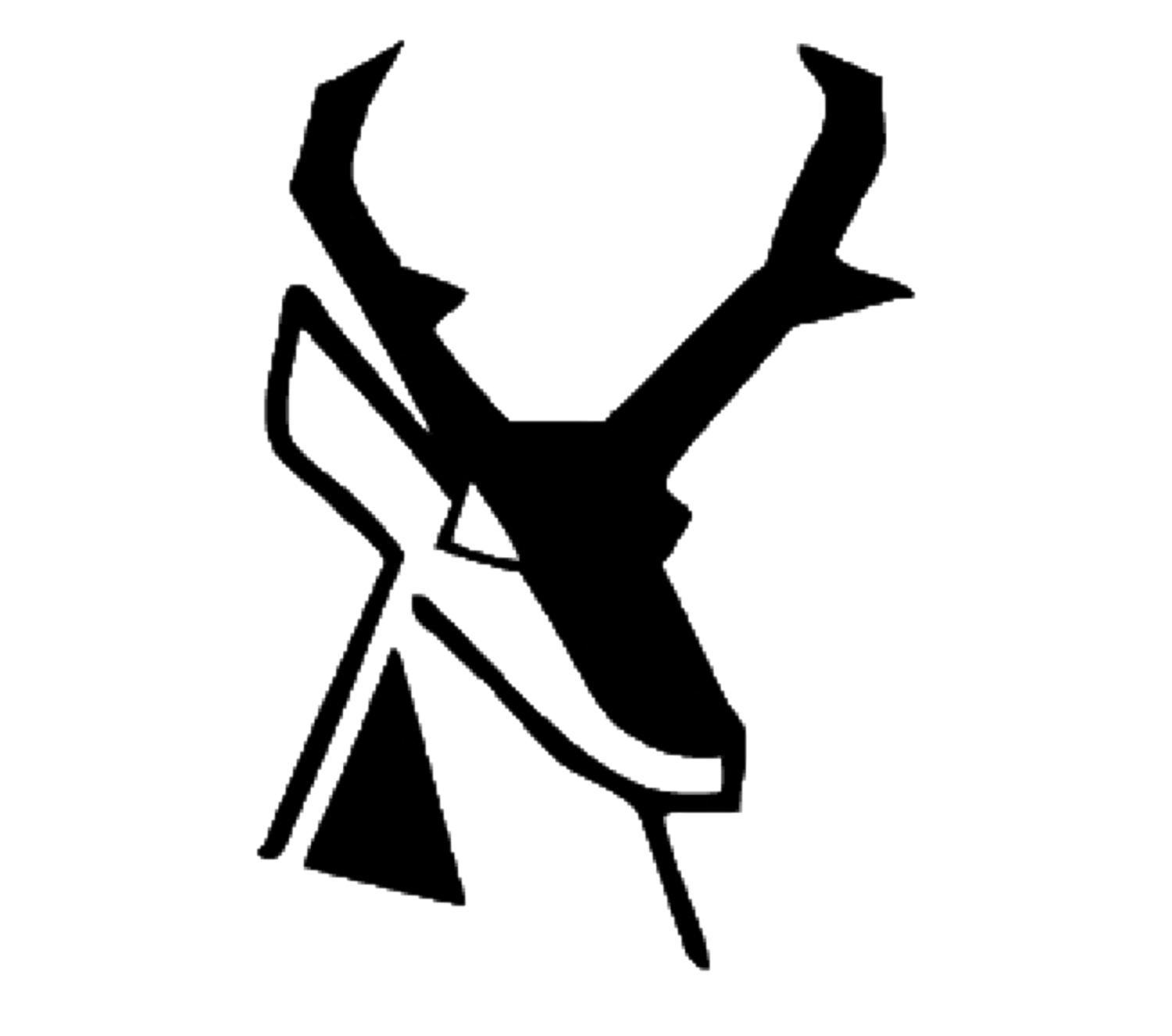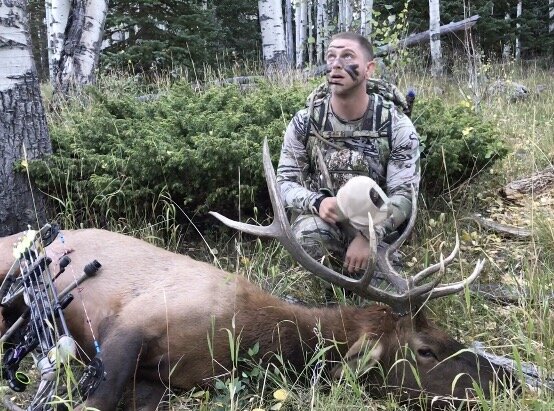It is a feeling of triumph, a feat that we as archers strive for every single time our bow hits full draw, the perfect shot. The release breaks, the bow falls forward slowly towards the target, the arrow pierces the air in a precise arc directly into the center of the bullseye, whether it be paper, foam, or the vitals of a game animal. When it happens, we are reminded why we love archery so much, but often it doesn’t. This article will showcase several ideas and tips to make that perfect shot occur more frequently.
A shot process is the most crucial elements to repeatable and consistent accuracy with a bow. Performing the required actions precisely the same each time yields tight groups and notched tags. The initial element is finding a sequence of mental commands that help you as the archer accomplish the aforementioned task. No matter the situation, no matter the conditions, this sequence must be adhered to. In hunting scenarios, this becomes the most difficult.
September 25, 2018 was the sixth day of my Colorado archery elk hunt. The shadows were growing increasingly long, and with only one more day to hunt, the pressure was beginning to weigh heavy on my mind. As my father and I crested a small hill into a meadow surrounded by profoundly large aspen trees, that pressure turned to opportunity. My father saw the bull first, I saw only his two cows. The bull was to my left, around the corner behind a group of trees out of my view, feeding into the meadow. As soon as his chocolate brown antlers came into sight, the surge of adrenaline flooded my body. Snapping back into reality, I heard my dad say “42 yards”. As he fed into the middle of the meadow, quartering away from me, I began to run through my checklist while nocking an arrow. After dialing my sight to the correct yardage, I recited it in my head. “Feet. Grip. Draw. Anchor. Peep. Get on target. Pull. Pull. Pull. Pull.” The shot broke and I watched the green nock illuminate a trail through the gray evening atmosphere and disappear into the bull’s lungs. I distinctly remember how perfect the shot felt, the fall away of the bow towards the elk, the familiar feeling of my release hand thumb brushing my back shoulder after the shot broke, then I saw the bull bed down and expire 50 yards from where the arrow had made it’s initial impact.
During the off-season I shoot a LOT, it’s how my shot sequence becomes engrained in my mind in times when it otherwise would vanish into the black cloud of adrenaline. Stemming from “perfect archery form”, it is fundamentally sound. Feet are shoulder width apart, with the front foot turned slightly towards the target. Grip is light, with the bow sitting just inside the meaty part of the thumb. Draw is smooth, ensuring the front shoulder stays low, and allowing the string to gently come into the face once at full draw. Anchor point is the string touching the very tip of the nose, corner of the mouth, and release hand rests with the jaw bone between the index and middle finger for a handheld release, the index knuckle touches the sharp point on the back of the jaw. Peep alignment is established AFTER anchor point is acquired, perfectly eclipsing the bright yellow ring on my sight housing. The pin is then placed on the target, not slowly lifted up or down to it, but immediately placed on where I want to impact. It floats around, but my eyes stay focused on that spot. The slow pull of the release arm rearward, combined with increasing tension of the rhomboid and middle trapezius muscles of the back force the shot to break. Finally, the bow tips forward and I feel my release hand thumb brush my rear shoulder. This is how I know that the shot was executed correctly, the momentum of a proper tension activated shot will cause the release hand to travel straight back and behind the head towards the shoulder.
The smallest verbal or physical cue can be the deciding factor in establishing a shot sequence that can withstand distraction and adrenaline. At the end of every practice session I always finish at ten yards. Utilizing a baseball sized spot, I focus solely on execution of the shot, as my pin will remain on the spot throughout the duration of time at full draw. Ten arrows is adequate to leave the session by reaffirming good habits and proper adherence to your shot sequence. Blank bailing, or shooting at a blank target from very close range is not as effective due to the fact that in any accuracy dependent situation, you will always need to pick a spot to aim at.
Proper technique is paramount to building a good shot process, but the real “lightbulb moment” occurs when you learn to dissect those principles into steps that you can personally understand and adhere to. The most critical element is that you develop a process that works every single time you draw your bow back. It is very easy to simply shoot 50 arrows in a practice session, but how easy is it to shoot 50 PERFECT arrows? Next time you hit the range, focus on each individual arrow as if you had that public land bull in front of you on the last evening of the hunt. Attention to detail is what separates those of us eating backstraps from those eating tag soup, and I’ll tell you right now, backstraps taste exponentially better.



